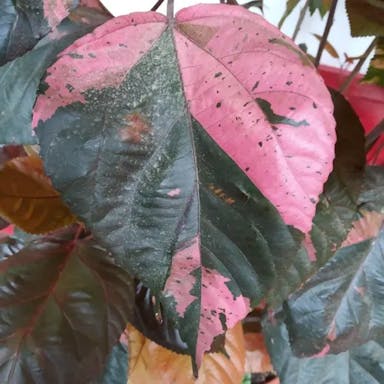Mauve honey myrtle offers several varieties, such as 'Aurora', 'Pink Lace', and 'Claret Tops'. 'Aurora' displays vibrant pink flowers, 'Pink Lace' features delicate pink blooms, while 'Claret Tops' showcases deep red flower heads. When selecting seeds, opt for those from reputable suppliers, ensuring they are fresh and viable. For seedlings, choose ones with healthy green foliage and sturdy stems, avoiding any signs of disease or stress. Prioritize young plants with well-established root systems for successful establishment in your garden. Regularly check for pests or abnormalities to maintain the health of your Mauve honey myrtle.
0
0












